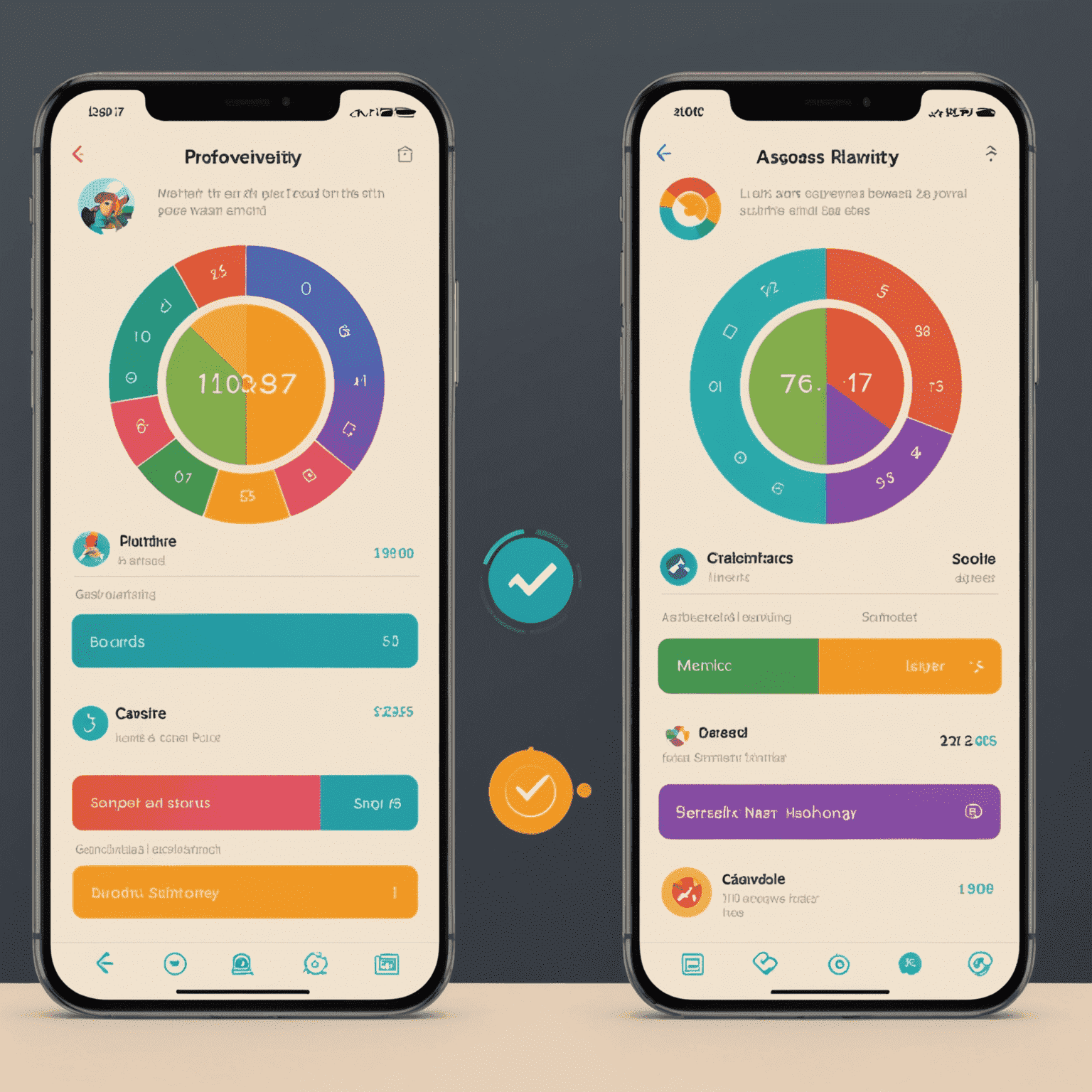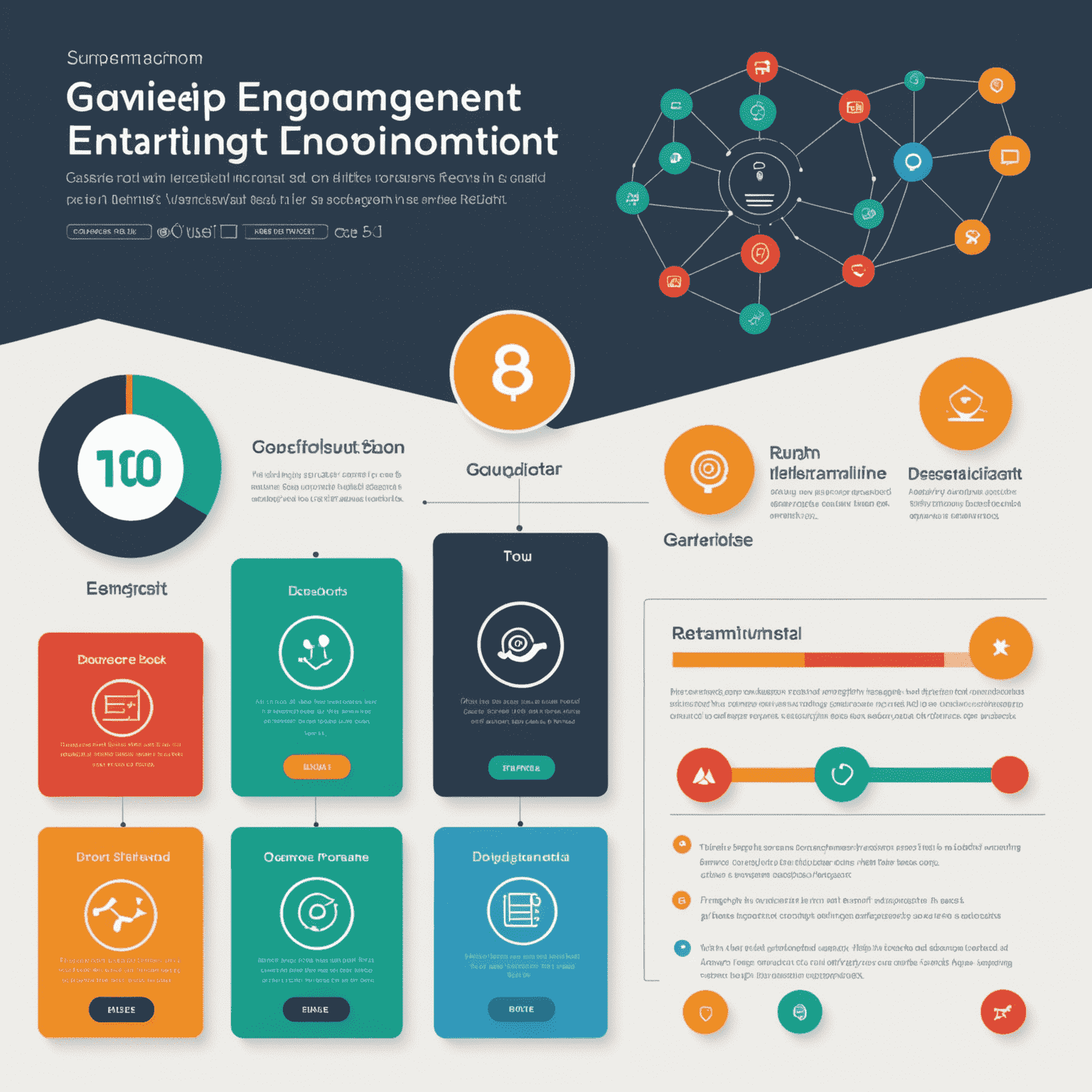Gamification in Productivity Tools
In the ever-evolving landscape of digital design and interactive systems, we're witnessing a fascinating trend: the integration of game-like elements into productivity apps. This fusion of work and play is reshaping our digital behavior and redefining user engagement strategies. Let's dive into how these behavioral patterns are transforming our daily digital experiences.

The Psychology Behind Gamification
At its core, gamification taps into fundamental cognitive patterns and psychological triggers that drive human behavior. By incorporating elements like points, badges, leaderboards, and progress bars, productivity apps are leveraging the same reward mechanics that make games so addictive. This approach to behavioral design creates powerful feedback loops, encouraging users to form habits around task completion and goal achievement.
Key Gamification Elements in Productivity Tools
- Progress Tracking: Visual representations of task completion
- Achievement Badges: Rewards for reaching milestones
- Level Systems: Progression frameworks that unlock new features
- Social Comparison: Leaderboards and team challenges
- Narrative Elements: Story-driven goals and themed tasks
These elements work together to create a more engaging user flow, mapping out a journey of continuous improvement and achievement within the app's ecosystem.
Impact on User Engagement and Retention
The integration of game-like features has shown remarkable results in boosting user engagement and retention. By tapping into the user's intrinsic motivations and providing extrinsic rewards, these apps create a compelling digital experience that keeps users coming back. The careful design of these interactive systems ensures that users remain in productive attention cycles, balancing the fine line between engagement and distraction.

Challenges and Considerations
While gamification offers numerous benefits, it's crucial to approach it with careful consideration of user needs and potential drawbacks:
- Overemphasis on extrinsic motivation may diminish intrinsic drive
- Risk of creating addictive patterns that prioritize engagement over genuine productivity
- Necessity to balance fun elements with professional aesthetics for workplace tools
- Ensuring gamification doesn't overshadow the core functionality of the app
The Future of Gamified Productivity
As we continue to explore the intersection of game interaction and productivity, we can expect to see more sophisticated implementations of gamification. Future trends may include:
- AI-driven personalization of gamified elements
- Virtual reality and augmented reality integration for immersive task management
- Blockchain-based reward systems for tangible benefits
- Cross-platform gamification ecosystems
The evolution of gamification in productivity tools represents a fascinating case study in how interactive systems can shape digital behavior and enhance user engagement. As designers and developers continue to refine these strategies, we're likely to see even more innovative approaches to merging work and play in our digital lives.
Key Takeaways
- Gamification leverages psychological triggers to enhance user engagement
- Productivity apps are incorporating various game-like elements to boost motivation
- Careful design is crucial to balance engagement with genuine productivity
- The future of gamified productivity tools promises more personalized and immersive experiences